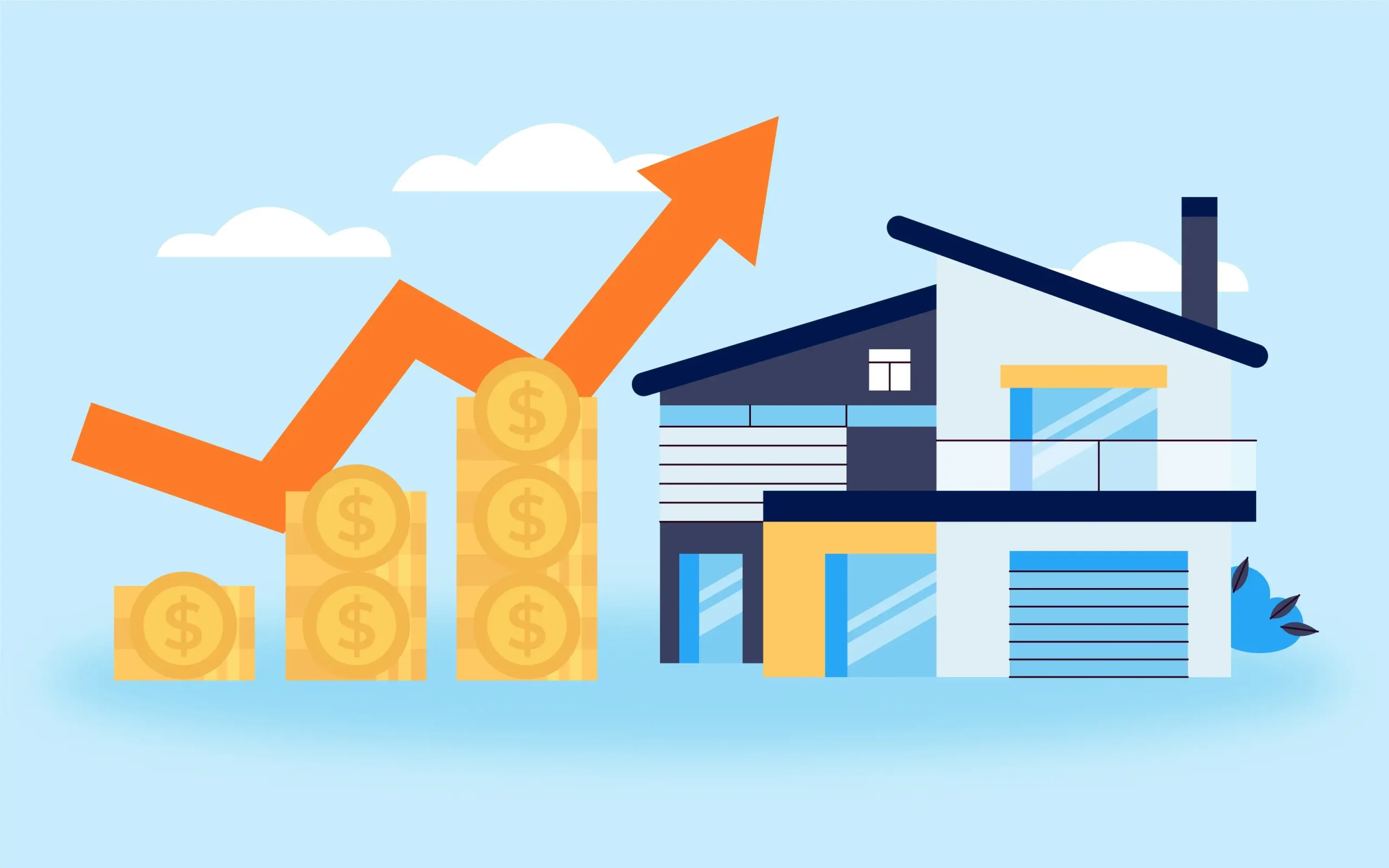As we look toward 2026 to 2029, the future of housing supply landscape is poised for significant transformation. Governments, private developers, and stakeholders are taking bold steps to address persistent housing shortages, adapt to shifting market demands, and embrace technological advancements. While challenges remain, the upcoming years are expected to witness notable progress in reshaping the global housing market.
Increased Focus on Affordable Housing
The Future of Housing Supply lies in balancing rapid urbanization with sustainable development practices to meet the growing demand for affordable and eco-friendly homes. Expanding affordable housing projects will take center stage during this period. Governments and non-profit organizations will join forces with private developers to create cost-effective housing solutions for middle- and lower-income families. Subsidies, tax incentives, and public-private partnerships will actively drive these initiatives.
Sustainability as a Core Principle
Sustainable construction will continue to dominate the agenda, with a strong emphasis on energy-efficient designs and eco-friendly materials. Developers will increasingly adopt renewable energy systems, such as solar panels and wind turbines, to power residential complexes. Green building certifications and compliance with stricter environmental regulations will become standard practices, helping to reduce the carbon footprint of new developments.
Technological Integration in Construction
From 2026 onward, technological advancements will further revolutionize the construction industry. Prefabrication and modular building techniques will become more prevalent, allowing for faster and more cost-efficient housing production. Additionally, the use of AI and machine learning in project planning and resource allocation will optimize efficiency and reduce delays. Robotics and 3D printing are also expected to play a pivotal role in accelerating construction timelines.
Urban Expansion and Smart Cities
As urban populations continue to grow, city planners and developers will focus on expanding urban areas and creating smart cities. These developments will integrate advanced technologies to enhance connectivity, energy management, and quality of life. Mixed-use developments, which combine residential, commercial, and recreational spaces, will gain popularity, offering residents convenience and a sense of community. The Future of Housing Supply will be shaped by innovative technologies like 3D printing and modular construction, enabling faster and more cost-effective building solutions.
Addressing Regional Imbalances
In regions where demand significantly outpaces supply, targeted policies will aim to balance housing availability. For example, in densely populated cities, vertical housing developments such as high-rise apartments will maximize land use. Meanwhile, in suburban and rural areas, low-density housing projects will cater to families seeking more space. Governments may also incentivize migration to underdeveloped regions by improving infrastructure and offering economic opportunities.
Challenges on the Horizon
Despite these advancements, challenges such as fluctuating raw material costs, labor shortages, and geopolitical uncertainties may continue to impact the housing supply. Additionally, climate change poses a significant risk, requiring developers to build resilient structures capable of withstanding extreme weather events. Addressing these issues will require coordinated efforts and innovative solutions.
Conclusion
The period from 2026 to 2029 will be pivotal for the global housing market. With a focus on affordability, sustainability, and technological integration, the industry is set to make strides in meeting the growing demand for housing. However, overcoming persistent challenges will be essential to ensure a balanced and resilient housing supply that meets the needs of diverse populations.
By prioritizing collaboration, innovation, and forward-thinking strategies, stakeholders can pave the way for a brighter and more inclusive future in housing development.



